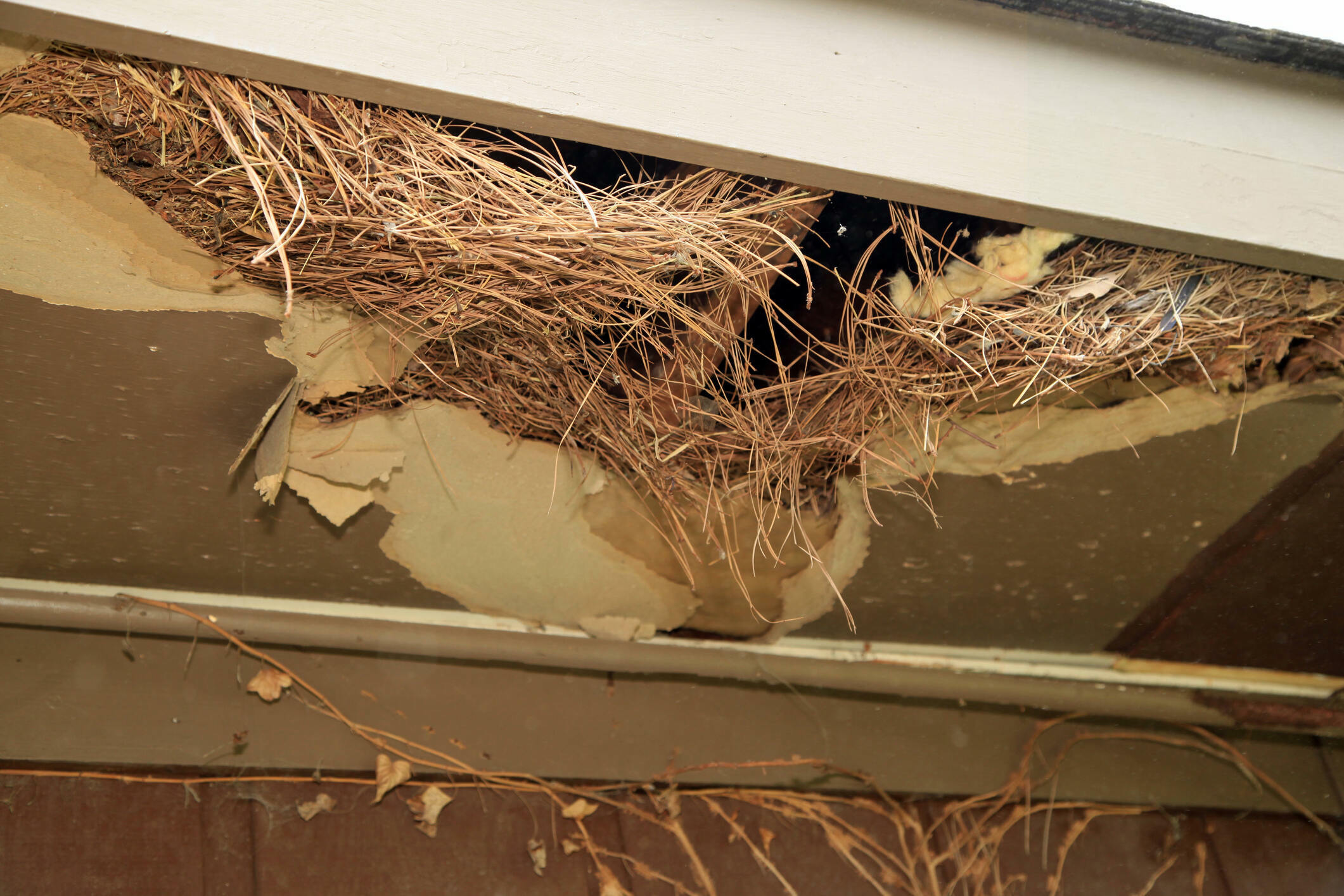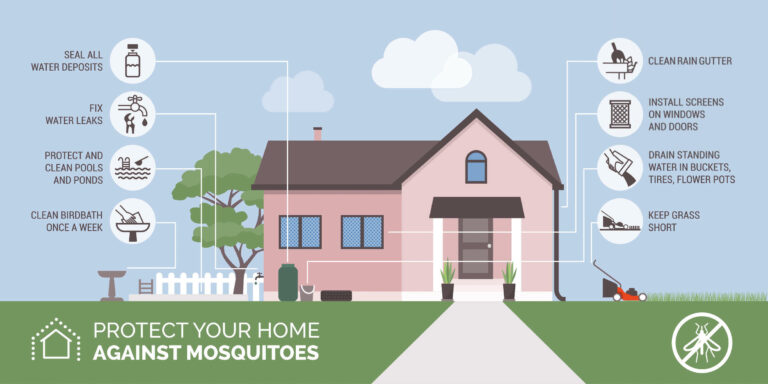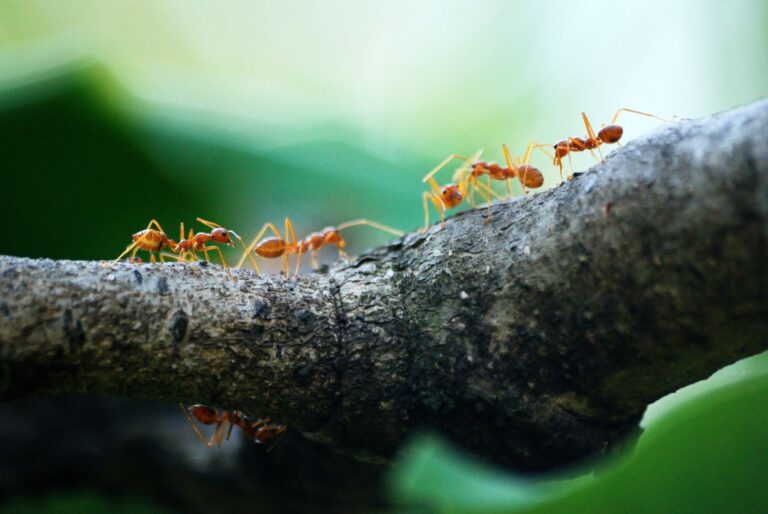Spot the Signs: How to Detect Early Pest Infestations in Your Home
Are you tired of those unwanted visitors in your home? Spot the Signs: How to Detect Early Pest Infestations in Your Home is the ultimate guide to help you take control.
Don’t let pests ruin your peace of mind! By learning to recognize the subtle indicators of infestation, you can nip the problem in the bud before it becomes a full-blown nightmare. Unusual odors, damaged items, droppings, strange noises – these are just some of the signs that pests have made themselves at home.
With this comprehensive guide, you’ll know exactly what to look for and how to take action. Say goodbye to unwelcome pests and hello to a pest-free home!
Unusual Odors
Smell for any unusual odors in your home, as they may indicate the presence of a pest infestation. Pests leave behind distinct smells that can be an early warning sign of their presence.
One common smell is a musty or moldy odor, which could suggest the presence of dampness caused by pests like termites or rodents.
Another smell to watch out for is a strong, ammonia-like scent, which may indicate the presence of urine from pests such as mice or rats.
If you notice a foul and pungent odor, it could be a sign of a dead animal, like a rodent or bird, trapped in your home.
Additionally, if you detect a sweet, rotting smell, it could be a sign of an infestation of cockroaches or ants.
Damaged or Chewed Items
Look for any noticeable signs of damage or chewed items in your home as these can indicate the presence of a pest infestation. Pests like rodents and insects often chew on various materials in order to build their nests or feed on them. If you come across damaged or chewed items, it’s crucial to investigate further to identify the cause and take appropriate action.
Inspect areas where pests are commonly found, such as attics, basements, and storage spaces. Look for gnaw marks on furniture, wooden structures, or electrical wiring. Rodents like mice and rats have sharp teeth that can leave distinct bite marks. Insects, on the other hand, may chew through fabric, paper, or cardboard. Pay attention to any holes or tears in these materials.
Check your pantry and kitchen for signs of pest activity. Look for chewed packaging, especially near the corners or seams. Open containers or packages may also indicate a pest problem. Insects like ants, beetles, and pantry moths are notorious for contaminating food and leaving behind chewed remnants.
If you find chewed items, it’s important to address the infestation promptly. Clean and sanitize the affected areas, and store food in sealed containers to prevent further damage. Consider contacting a professional pest control service to assess the extent of the infestation and implement effective treatment measures.
Droppings or Urine Stains
You can often spot the signs of early pest infestations in your home by regularly checking for droppings or urine stains. Pests like mice, rats, cockroaches, and even bed bugs leave behind these telltale signs of their presence.
Droppings can vary in size and shape depending on the type of pest, but they’re usually small, dark, and cylindrical. Look for them in areas where pests are likely to frequent, such as near food sources, behind appliances, or in dark corners.
Urine stains, on the other hand, may appear as small puddles or discolorations on floors, walls, or furniture. They can emit a strong odor and may be more difficult to detect than droppings. However, if you notice a persistent smell or see any discoloration, it’s important to investigate further.
Keep in mind that these signs may not always be obvious, especially in the early stages of an infestation. Therefore, it’s crucial to conduct regular inspections and address any potential pest problems promptly.
Strange Noises or Scurrying Sounds
To further detect early pest infestations in your home, pay attention to any strange noises or scurrying sounds coming from hidden corners or behind walls. These sounds are often a clear indication that pests have made themselves comfortable in your living space.
The type of noise you hear can give you clues about the specific pest you’re dealing with. For instance, if you hear scratching or scurrying sounds, it’s likely that mice or rats have taken up residence. These pests are known for their rapid movements and their ability to make noise as they navigate through walls and crawl spaces.
Additionally, if you hear buzzing or humming sounds, it could be a sign of a bee or wasp infestation. These pests often build their nests in hidden areas, such as inside walls or attics, and their constant activity can produce noticeable sounds.
Nests or Nesting Materials
Paying attention to the presence of nests or nesting materials can provide valuable insight into the extent of the pest infestation in your home. Nests are often built by pests as a place to hide, breed, and raise their young. By identifying these nests or the materials used to construct them, you can determine which pests are present and how severe the infestation may be.
Different pests build nests using various materials. For example, rodents like mice and rats tend to construct their nests using shredded paper, fabric, insulation, or dried plants. These nests are typically found in secluded areas such as attics, basements, or behind walls.
In contrast, insects like ants, wasps, and bees may build nests using materials such as wood, mud, or even their own saliva. These nests can be located both indoors and outdoors, depending on the species.
When inspecting your home for nests or nesting materials, be sure to check common hiding spots for pests, such as behind furniture, in dark corners, or inside cabinets. Look for signs of shredded material, twigs, or other unusual debris that could indicate the presence of a nest. Additionally, keep an eye out for any holes or openings in your home’s structure, as this can serve as an entry point for pests looking to build their nests.
Visible Pest Activity
Look for evidence of pests actively moving or causing damage in your home. One of the most obvious signs of visible pest activity is seeing the pests themselves. Keep an eye out for any insects or rodents scurrying around your house. If you notice cockroaches darting across your kitchen floor or mice running along the baseboards, it’s a clear indication that you have a pest problem.
Additionally, look for physical damage caused by pests. This can include chewed wires, gnawed furniture, or holes in walls and ceilings. Termites, for example, leave behind small holes in wood and sawdust-like droppings. If you come across these signs, it’s important to take immediate action to prevent further damage.
Another sign of visible pest activity is finding droppings or urine stains. These can be found in areas where pests frequent, such as behind appliances, in cabinets, or along baseboards. If you spot droppings that resemble small pellets or notice dark stains on your walls or floors, it’s a clear indication of pest infestation.
Pest Tracks or Trails
You can easily detect early pest infestations in your home by keeping an eye out for pest tracks or trails. Pests, such as rodents or insects, often leave behind visible signs of their presence as they move around your house. By identifying these tracks or trails, you can take immediate action to prevent further infestation and minimize potential damage.
One common type of pest track is the tiny footprints left by rodents like mice or rats. These footprints can be found in dusty areas or on surfaces that aren’t regularly cleaned. Look for small tracks with four or five toes and claw marks. Another sign of rodent activity is their gnaw marks on wood or plastic objects, indicating their constant need to chew and sharpen their teeth.
Insects, on the other hand, may leave trails of droppings or excrement as they move. These droppings can vary in size and shape depending on the type of pest. For example, cockroach droppings are small, black specks resembling ground pepper, while termite droppings are tiny, wood-colored pellets.
Additionally, pests may leave behind grease marks or smudges along their travel routes. These marks are especially common in areas where pests frequently pass, such as along baseboards or walls. By keeping an eye out for these tracks or trails, you can promptly address any pest issues and prevent further infestations in your home.
Early Detection Wisdom: Unveiling the Signs of Pest Infestations in Your Home
So there you have it, the key signs to look out for when detecting early pest infestations in your home.
By paying attention to:
- Unusual odors
- Damaged items
- Droppings or urine stains
- Strange noises
- Nests or nesting materials
- Visible pest activity
- Pest tracks or trails
You can catch infestations before they become a bigger problem.
Remember to act quickly and seek professional help if needed to ensure a pest-free home.







